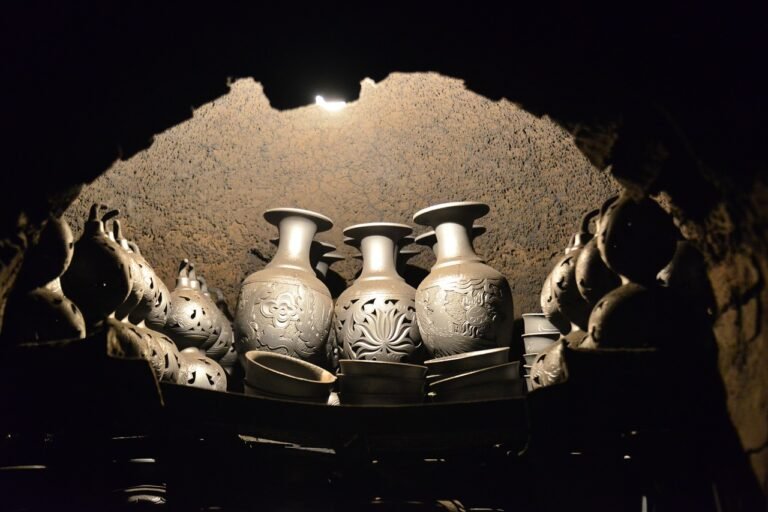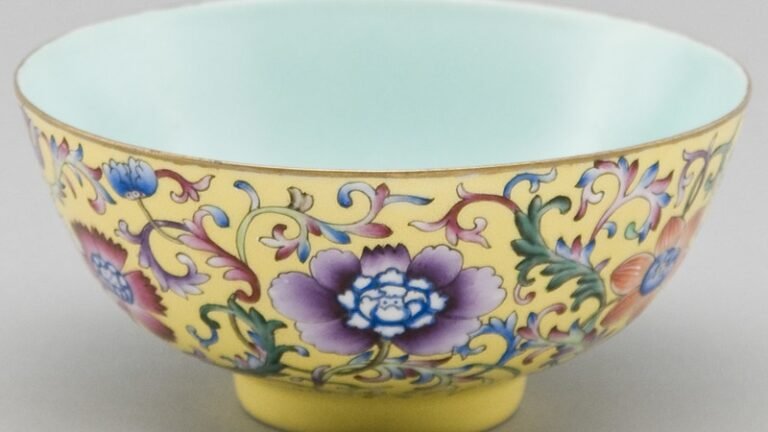What is the Best Way to Clean Porcelain Tile?
Porcelain tiles are a beautiful and hard-wearing option for a floor. Porcelain tile will maintain its sparkling finish for many years—as long as it’s cleaned precisely and regularly. Porcelain doesn’t require much care or maintenance, however, there are certain aspects of cleaning you should consider to achieve the optimal results. What are those nuances? What is the best way to clean porcelain tile?
Use warm water and a mop for everyday cleaning and maintenance of porcelain tiles. Remove dirt and dust from your floor, using a vacuum cleaner or a broom. Every couple of weeks clean with a mild cleaning solution mixed in warm water. You also use homemade cleaning solutions, such as vinegar mixture for cleaning. Use chemicals only to remove difficult stains.
If you are wondering how to clean porcelain tiles effectively, you’ve come to the right place. In this article, I will explore different types of porcelain tiles and discuss what methods you can use to clean each of them. I will also speak about homemade solutions and the chemicals you need to avoid while cleaning porcelain floors.
What Are The Safest Cleaners for Porcelain Tile?
Porcelain tiles come in a range of colors, textures, and patterns. The method and products you choose to clean porcelain tile floors largely depend on their texture, type, and finish. Porcelain tiles are available in three main types, namely glazed, unglazed, and textured.
Cleaning porcelain is pretty easy, however, different types of this material need a slightly different approach. I will discuss each of them in detail.
How to Clean Unglazed Porcelain Tiles?
Unglazed porcelain tiles – This type of tile is one of the most popular and frequently used flooring options available on the market. It is made by pressing clay, silica, and other materials, and firing at high temperatures. Unglazed tiles are highly waterproof. Thus, they are less slippery.
Unglazed tiles do not have a protective top layer. It is, therefore important not to use any abrasive tools. For regular maintenance and cleaning, use soft materials. For more difficult stains, you can use an abrasive pad and cleaning solution or a stiff nylon-bristle brush.
First, you should remove dirt from the surface using a vacuum cleaner or a broom. Then you can apply a cleaning solution and warm water to the surface. Don’t allow the cleaning solution to dry on the floor.
When choosing a cleaning product, keep in mind that mild solutions work better for unglazed porcelain tiles. More intense products might cause some damage and permanent stains to the floor.
You can use a slightly wet mop for unglazed porcelain and let it air-dry. For a cleaning solution, you can opt for both homemade and manufactured solutions.
For better results, an acrylic stone sealer can be added to a well-cleaned, dry unglazed floor to keep the surface pores impervious.
How to Clean Glazed Porcelain Tiles?
Glazed porcelain tiles – these tiles are produced the same way as unglazed ones, but a thin layer of liquid glass is applied on top. This gives tiles a more glossy finish, and it also allows the addition of various colors and even prints. Glazed porcelain tiles are extremely easy to clean.
You should start the process of cleaning by manually removing dirt and dust from the surface. You can do this by using a vacuum cleaner or a dry dust mop.
When the floor is clean from dust, you can use a slightly wet microfiber pad and let the floor dry for a couple of minutes.
If you discover stains on your glazed tiles, don’t worry, they are easy to clean! Mop the problematic area with a mild cleaning solution. The concentration of the detergent should be lower than the amount used on an unpolished porcelain floor. A simple mixture of vinegar diluted 1-to-1 with water or a diluted commercial ceramic tile cleaner can also be used to effectively clean stains.
How to Clean Textured Porcelain Tiles?
Textured porcelain tiles are made to look like other types of flooring options, such as natural hardwood or stone.
Textured porcelain tiles are made to resemble other types of materials, such as natural stone. This means that they have more places where dust and dirt can hide. To keep textured tiles clean, I suggest using a flared broom to sweep the floor in one direction. Once you are done, start sweeping in the opposite direction. Using a vacuum cleaner may not be effective enough for this type of floor option.
When the floor is free from dust and dirt, use a microfiber mop and a mild solution that’s safe for the surface.
Does Vinegar Damage Porcelain Tile?
Vinegar does not damage porcelain tiles as long as it is used properly. This is good news for many people, as vinegar mixture is an easy and affordable way to keep your porcelain floor clean.
Vinegar is a natural, safe, and vegan-friendly product that safely deodorizes, disinfects, and cleans most hard surfaces, including porcelain tiles. But it is important to know how to use vinegar properly.
White vinegar works very well with porcelain tiles. It is a mild solution that will not damage the surface of your floor. You can adjust the scent by mixing a few drops of your favorite essential oils into the vinegar mixture before applying it to the floor.
If you decide to make your own vinegar mixture for cleaning, use ½ cup of vinegar and mix it with 1 gallon of warm, clean water. Dip a mop into the vinegar mixture and wring it out. Mop the floor persistently starting at one corner of the room and working your way across. Let the floor air dry completely. If you do not have time to wait, use a dry towel.
What Can Damage Porcelain Tile?
The right concentration of vinegar will not damage porcelain tiles, however, there are substances that can cause it to tarnish.
Regular use of corrosive chemicals can damage the top layer of the tile, and increase its water absorption rate. Corrosive chemicals will cause the grout to erode and lose its durability, which will loosen the tiles and allow water to penetrate the tiles creating dampness.
Detergents can also cause damage to porcelain tiles. When using this solution, ensure that it has a low concentration. Unglazed porcelain is especially sensitive to detergents. You can use detergents with slightly higher concentrations for textured porcelain.
Try to avoid using chemicals containing ammonia, acids, and bleach. Only use them for stubborn stains that are impossible to remove by mild solutions. Don’t leave chemicals containing acids on the surface for a long time.
The oil-based cleanser can also damage porcelain tiles. Many people love using oil-based products, which gives the flooring a nice sheen and glow. The oils can easily penetrate into your grout, attracting dirt and leaving ugly stains.








